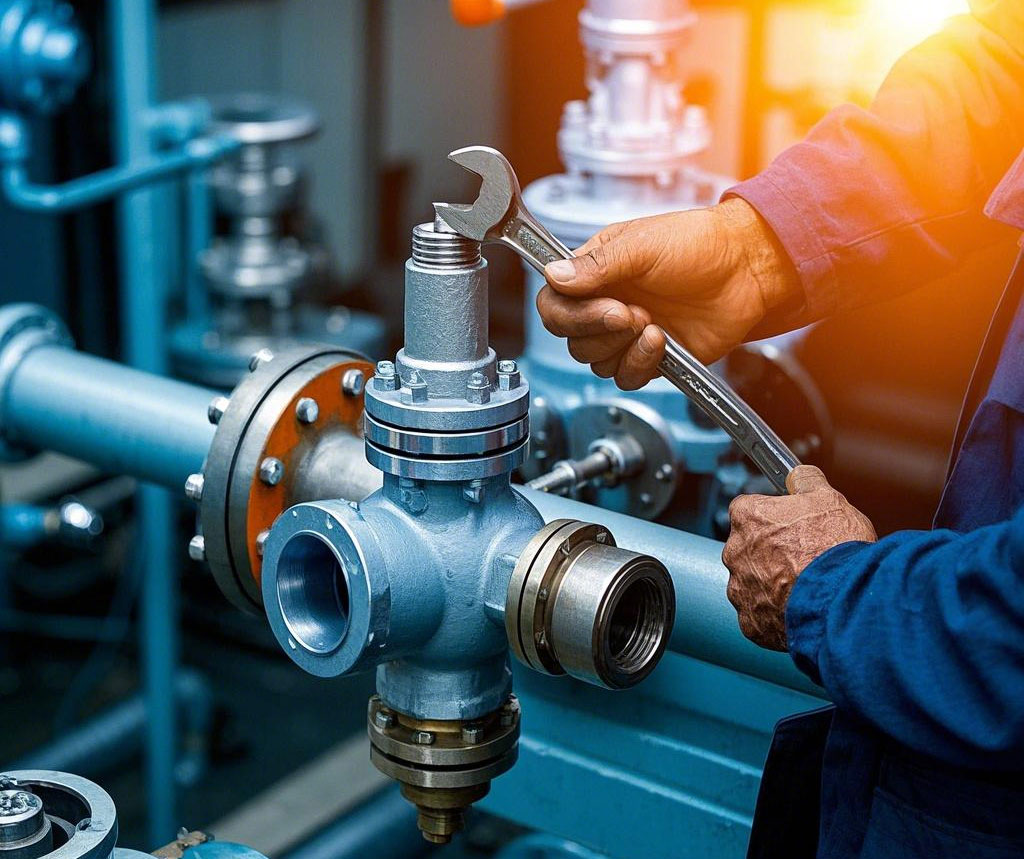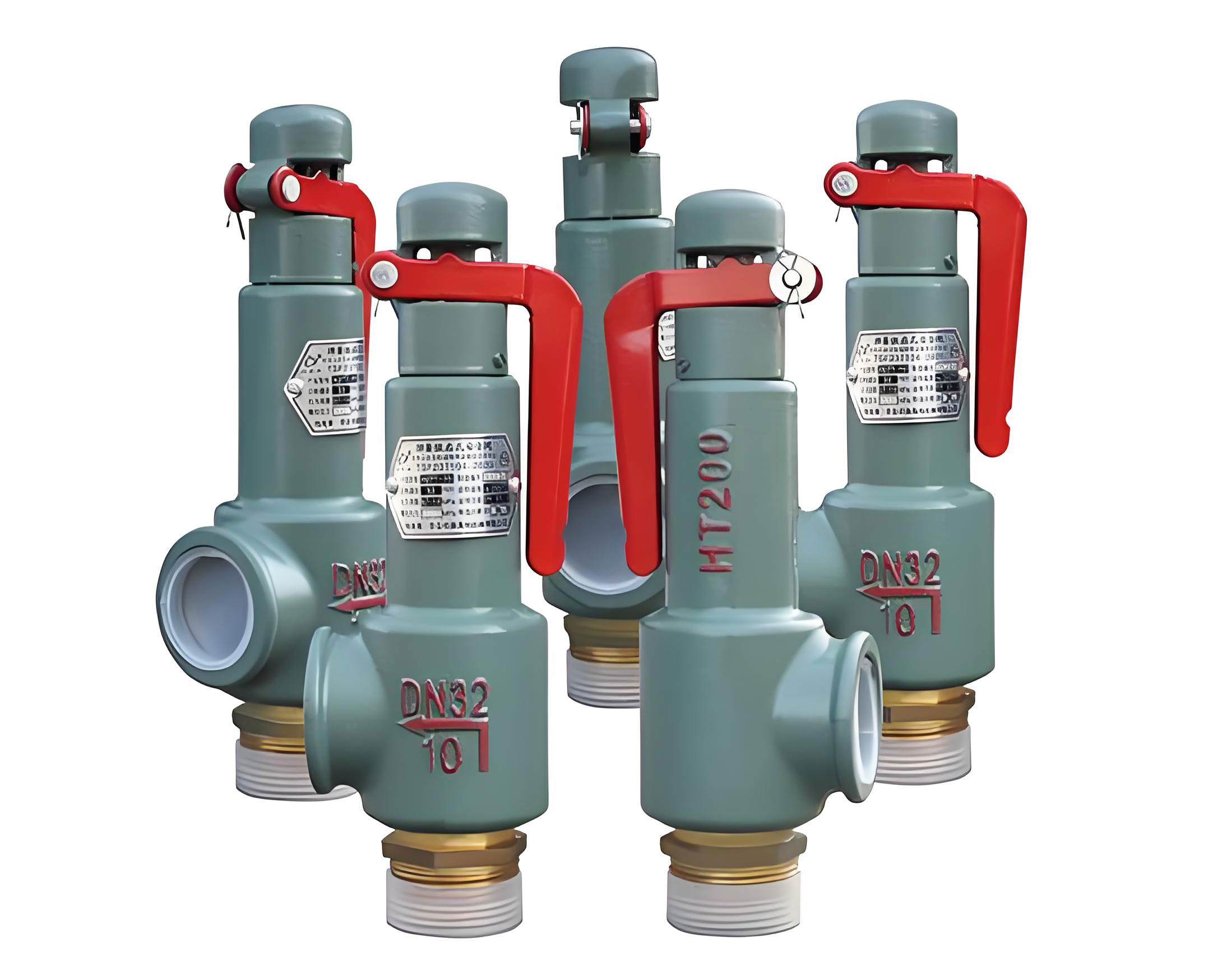Safety Valve Pressure Adjustment Guide I: Adjustment of Opening Pressure
Pre-setting before leaving the factory: Before a safety valve leaves the factory, each one will have its opening pressure precisely adjusted to a specified set value according to the user’s specific needs. If the user specifies a spring’s operating pressure level, it is usually preset to the lower limit of that level to ensure the initial performance of the safety valve.
Field readjustment: Before or during installation of the safety valve to the equipment to be protected, the user must readjust it again in the field to ensure that the safety valve’s set pressure value is exactly what is actually required. This step is critical because it is directly related to the safety performance of the equipment.
Adjustment method: Within the range of the spring working pressure level indicated on the nameplate, change the compression of the spring by rotating the adjusting screw, so as to realize the adjustment of the opening pressure. Before rotating the adjusting screw, make sure that the pressure at the valve inlet has been reduced to less than 90% of the opening pressure to avoid damage to the sealing surface during adjustment.
Influence of medium conditions: In order to obtain accurate opening pressure values, the medium conditions (such as medium type, temperature, etc.) should be adjusted as close as possible to the actual operating conditions. Changes in the type of media, especially from the liquid phase to the gas phase, the opening pressure will usually be different. In addition, the opening pressure generally decreases as the operating temperature increases. Therefore, if adjusted at ambient temperature for use in high temperature environments, the set pressure at ambient temperature should be slightly higher than the required cracking pressure, to the extent specified in the manufacturer’s instructions.
Adjustment of additional back pressure: For the application of conventional safety valves in fixed additional back pressure occasions, when the opening pressure is adjusted after inspection (at this time, the back pressure is atmospheric pressure), the setting value should be the required opening pressure value minus the additional back pressure value.
Safety Valve Pressure Adjustment Guide II: Adjustment of Discharge Pressure and Seat Return Pressure
Test conditions: adjustment of the valve discharge pressure and seat pressure need to be full open height action test, which can usually only be in the large-capacity test device or in the safety valve has been installed on the protected equipment can be carried out after. The method of adjustment varies depending on the valve construction.
Structures with recoil disk and seat adjusting ring: For safety valves of this type, the discharge pressure and seat return pressure can be adjusted by rotating the seat adjusting ring. When the adjusting ring is rotated counterclockwise, its position is raised and the discharge and seat pressures are lowered; the opposite is true when it is rotated clockwise. During each adjustment, the adjusting ring should not be rotated too far and the set screw should be ensured to be tightened to prevent the ring from rotating during the adjustment process.
Structure with upper and lower adjusting rings: The adjustment of safety valves of this type of structure is more complicated. The lower adjusting ring (seat adjusting ring) is used to change the size of the channel between the valve flap and the adjusting ring, thus affecting the initial opening of the valve pressure buildup. The upper adjusting ring is used to change the flow of media in the lower side of the valve flap reflection after the angle of folding, so as to adjust the size of the fluid force, in order to adjust the seat pressure. It should be noted that the adjustment of the upper and lower adjustment ring will affect the discharge pressure and seat pressure, but the degree of influence is different.
Safety Valve Pressure Adjustment Guide 3: Seal
After the safety valve has been adjusted, it should be sealed to prevent unauthorized changes. When the safety valve is maintained or repaired, the position of the adjusting screw and adjusting ring should be recorded before disassembly, so that the original state of adjustment can be quickly restored after repair. After readjustment, they should be sealed again to ensure their integrity.
Safety Valve Pressure Adjustment Guide



